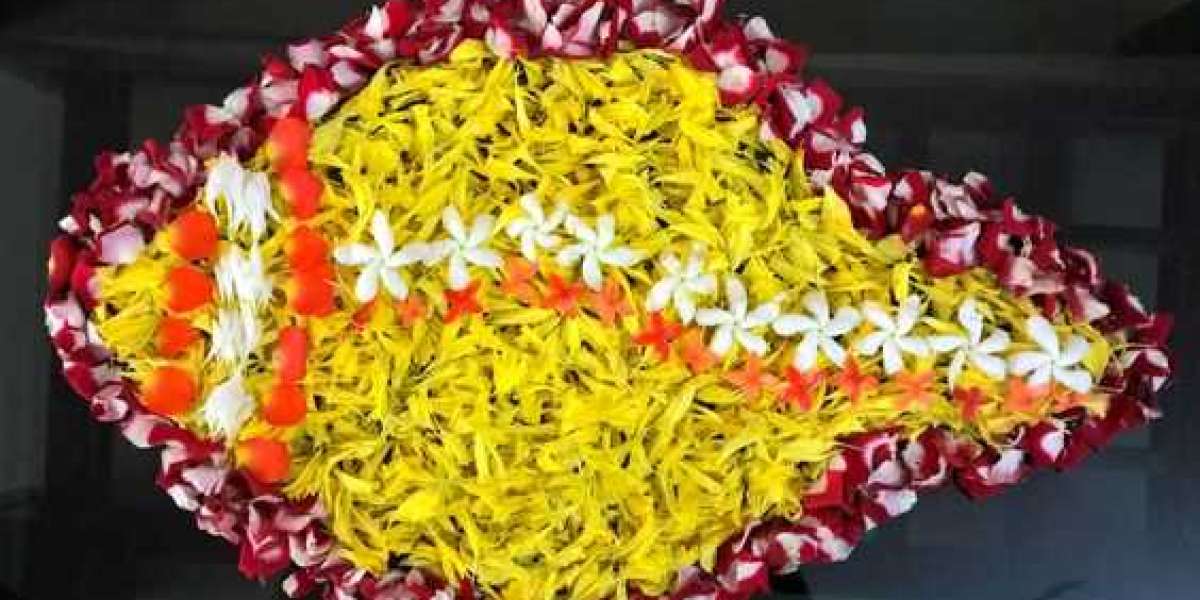Vishu Kani is a festival that is celebrated with great fervor and enthusiasm by the people of Kerala, India. It is observed on the first day of the Malayalam month of Medam, which usually falls on April 14th. Vishu Kani is also known as the Malayalam New Year, as it marks the beginning of the new year in the Malayalam calendar.
The word 'Kani' means 'sight' or 'vision' in Malayalam. On Vishu Kani, people wake up early in the morning to see the auspicious sight, which is believed to bring prosperity and good luck for the entire year ahead. The Vishu Kani is traditionally prepared by the women of the household, and it is a visual representation of everything that is considered auspicious in the Malayalam culture.
Traditional Vishu Kani Decoration
The Vishu Kani decoration is an intricate and detailed process that involves several components. The main components of the Vishu Kani are the mirror, the gold ornaments, the coins, the betel leaves, the areca nut, the Konna flowers, and the holy book. Let us take a look at each of these components in detail.
- The Mirror: The mirror is the centerpiece of the Vishu Kani decoration. It is believed that looking into the mirror on Vishu Kani day will reflect the image of the deity, Lord Vishnu, and bring blessings and prosperity for the entire year ahead.
- Gold Ornaments: Gold is considered a symbol of wealth and prosperity in the Malayalam culture. Therefore, gold ornaments like necklaces, earrings, and bangles are an essential part of the Vishu Kani decoration.
- Coins: The coins symbolize wealth and good fortune. They are placed in front of the mirror to reflect the abundance of wealth and prosperity in the household.
- Betel Leaves and Areca Nut: Betel leaves and areca nut are considered to be auspicious in the Malayalam culture. They are placed on a silver plate and are offered to the deity as part of the Vishu Kani decoration.
- Konna Flowers: Konna flowers, also known as the Indian laburnum, are bright yellow flowers that are synonymous with Vishu Kani. They are placed in a vase in front of the mirror, and their bright color is said to bring happiness and joy to the household.
- Holy Book: The holy book, usually the Bhagavad Gita or the Ramayana, is also an essential component of the Vishu Kani decoration. It is placed in front of the mirror to signify the importance of spiritual knowledge and wisdom in one's life.
Apart from these main components, the Vishu Kani decoration also includes other items like fruits, vegetables, and grains, which symbolize the abundance of food and nourishment in the household.
Conclusion
The Vishu Kani decoration is an essential part of the Vishu Kani festival, which is celebrated with great joy and enthusiasm in Kerala, India. It is a visual representation of everything that is considered auspicious in the Malayalam culture, and it is believed to bring prosperity and good luck for the entire year ahead. The traditional Vishu Kani decoration involves several components like the mirror, gold ornaments, coins, betel leaves, areca nut, Konna flowers, and the holy book. Each of these components has a symbolic meaning and significance, and together they create a beautiful and auspicious sight.



